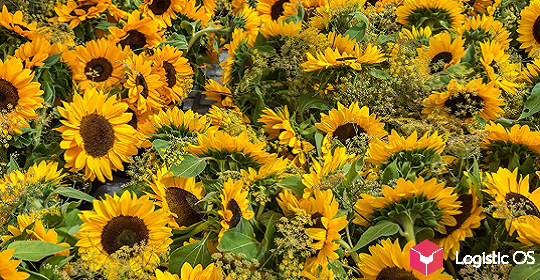In the coming days, a bill on a two-tier insurance system will be submitted to the Government
The prepared document provides for the provision of per hectare support only to those farmers who have insured their farmland.
It would seem that the message of the proposal is clear enough, and it should stimulate farms to insure crops.
The two-tier system of support will be expressed in the state subsidizing crop insurance, as it was before, but, in addition, it provides for direct compensation to farmers in a natural emergency through insurance mechanisms.
At the moment, the situation with agricultural insurance in the country is very sad: if in the whole country this year the damage caused to agricultural enterprises by bad weather is estimated at about 8 billion rubles, then the insured part of this volume amounted to only 555 million rubles.
As a result, it turns out that, in the absence of insurance, all payments in case of emergencies from the reserve funds fall on the state budget, as, for example, it was in 2019 after the floods in the Far East.
At the same time, state investments in the development of the agro-industrial complex in the form of direct subsidies are enormous, and must be protected from natural risks.
And we have cataclysms every year in this or that region.
On the other hand, which agricultural producer would refuse to insure his crops and crops from bad weather, realizing the likelihood of such a case?
But for this, firstly, the cost of insurance must be at an acceptable level, and secondly, the conditions of compensation for an insured event must be transparent and understandable.
And at the moment, neither one nor the other point stands up to criticism.
Therefore, insurance often becomes only an additional expense for an agricultural producer, because receiving compensation for it is still a lottery.
And that is why some heads of agricultural enterprises, expressing their opinion on the new draft law, noted that if per hectare support is possible only with insurance, they can refuse it.

According to official statistics, in 2019 there was a threefold increase in agricultural insurance contracts, but in numbers, this is only 6% of the total area under crops in the country, and this is extremely small.
For the 2020 harvest, the number of insured lands increased to 7%. By the end of 2020, agricultural insurers plan to reach the level of 7.7% (about 6 million hectares).
It must be said that linking insurance to receiving preferential subsidies is a worldwide practice.
In most countries, the lack of insurance does not allow agricultural producers not only not to qualify for subsidies, but also deprives them of the opportunity to obtain preferential loans.
Linking per hectare support to the availability of insurance is correct and understandable in itself.
But first, it is necessary to figure out why the existing mechanism does not arouse interest among agricultural producers, and to make sure that the use of this tool becomes economically justified for them.
And for this, the rules of payments for insured events must be carefully reviewed and changed.
Otherwise, this imposed mechanism will simply become an additional rent for the farmers.
The Ministry of Agriculture plans that the new bill will come into force in 2023, and by this time, the change in the conditions of agricultural insurance will bring the number of insured lands to 25-30%.

